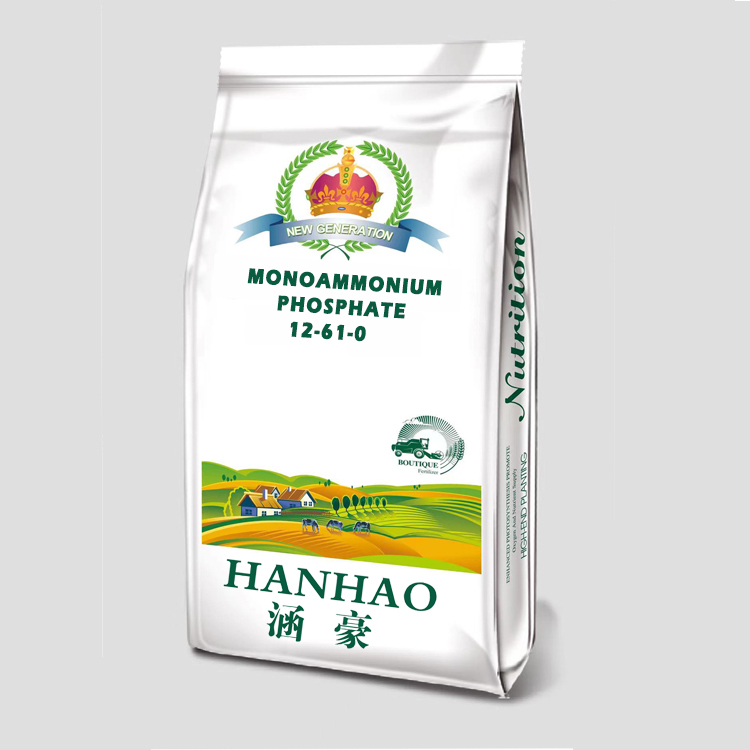
أكتوبر . 30, 2024 15:10 Back to list
npk fertilizer ipomoea batatas
The Role of NPK Fertilizer in Cultivating Ipomoea Batatas
Ipomoea batatas, commonly known as sweet potato, is a nutritious and versatile crop that has gained popularity around the world for its health benefits and culinary versatility. To achieve optimal growth and yield, the application of the right fertilizers plays a crucial role. One such fertilizer is NPK, which stands for Nitrogen (N), Phosphorus (P), and Potassium (K). Each of these elements contributes significantly to the growth and development of sweet potatoes.
Importance of NPK Components
Nitrogen is vital for the growth of Ipomoea batatas as it promotes leafy growth and overall plant vigor. In sweet potatoes, nitrogen helps in the formation of chlorophyll, the green pigment crucial for photosynthesis. Adequate nitrogen levels can lead to lush foliage, enabling the plant to harness more sunlight and convert it into energy.
Phosphorus supports root and tuber development, which is especially important for sweet potatoes. A healthy root system is fundamental for nutrient uptake, and phosphorus plays a key role in energy transfer and photosynthesis. It is essential for the formation of roots and flowers, which can enhance the yield of the crop. Furthermore, phosphorus is integral to the synthesis of DNA, which aids in cell division and growth.
Potassium contributes to the overall health of the plant by enhancing disease resistance and improving the quality of the sweet potatoes. It regulates various physiological processes such as water retention and nutrient transport within the plant. Potassium also improves tuber quality, promoting desirable characteristics such as size, shape, and flavor, which are important for market appeal.
Application of NPK Fertilizer
npk fertilizer ipomoea batatas

When cultivating Ipomoea batatas, understanding the appropriate NPK ratios is crucial. Different growth stages require varying nutrient concentrations. Typically, a balanced NPK fertilizer ratio like 10-10-10 or 14-14-14 is recommended for initial growth. As the plants mature and tuber formation begins, a fertilizer with a higher potassium content, such as 5-10-20, can be beneficial.
The timing and method of application are also vital factors. It’s best to apply NPK fertilizers during land preparation and again as the plants begin to establish themselves. Side dressing or applying fertilizers in bands near the plant roots can optimize nutrient availability and reduce leaching.
Environmental Considerations
While NPK fertilizers are effective, they must be used judiciously to minimize environmental impact. Over-fertilization can lead to nutrient runoff, which may contaminate water sources. Incorporating organic fertilizers and soil amendments can improve soil health and reduce the reliance on synthetic options. Practices such as crop rotation and cover cropping can also enhance soil fertility sustainably.
Conclusion
In conclusion, NPK fertilizers play a pivotal role in the successful cultivation of Ipomoea batatas. By providing essential nutrients in the right proportions and at the right times, farmers can enhance sweet potato growth, yield, and quality. By balancing chemical fertilization with sustainable practices, it’s possible to support both agricultural productivity and environmental health, ensuring a bright future for sweet potato cultivation.
-
Organic 10-10-10 Fertilizer for Healthy Plants
NewsAug.04,2025
-
Organic Manure Compost: GPT-4 Turbo Enhanced Fertilizer
NewsAug.03,2025
-
10-10-10 Organic Fertilizer - Balanced NPK Formula
NewsAug.02,2025
-
Premium Organic Manure Compost for Eco Gardens
NewsAug.01,2025
-
Organic 10-10-10 Fertilizer | Balanced Plant Nutrients
NewsJul.31,2025
-
Premium Amino Acid Fertilizer | Rapid Plant Growth Booster
NewsJul.31,2025
